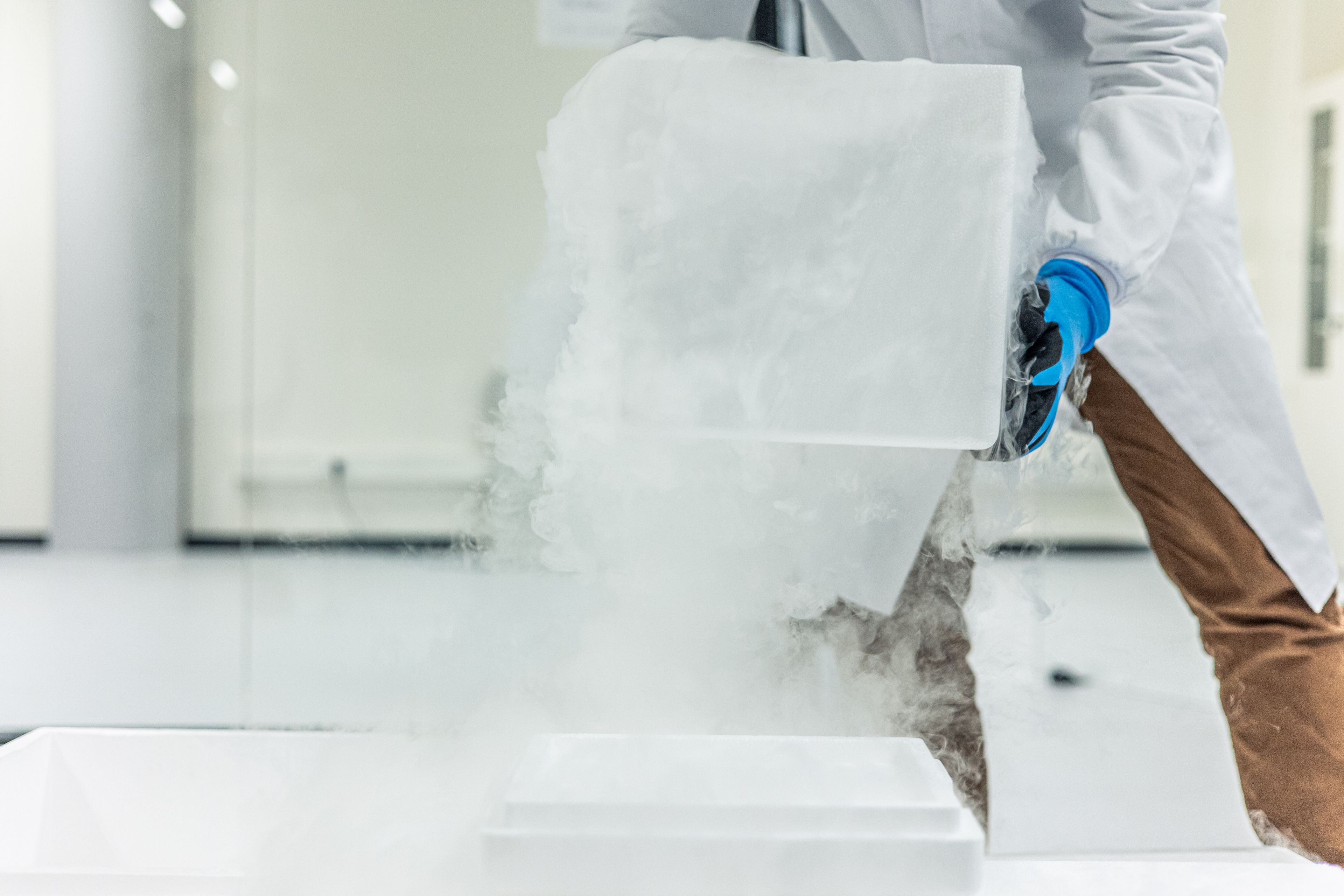Disclaimer and Usage
© 2025 American Burn Association. All rights reserved.
The materials on this page, ameriburn.org/prevention/burn-prevention-fact-sheets/dry-ice, are the property of the American Burn Association (ABA) and are protected by U.S. and international copyright laws. These fact sheets may be reproduced, shared, and distributed without charge for non-commercial, educational purposes. Co-branding with your organization's name or logo is permitted; however, the ABA logo may not be removed, altered, or replaced without prior written permission from the American Burn Association.
These materials are provided for educational purposes only and should not be used as a substitute for professional medical advice, diagnosis, or treatment. The ABA assumes no responsibility for any injury or damage.
